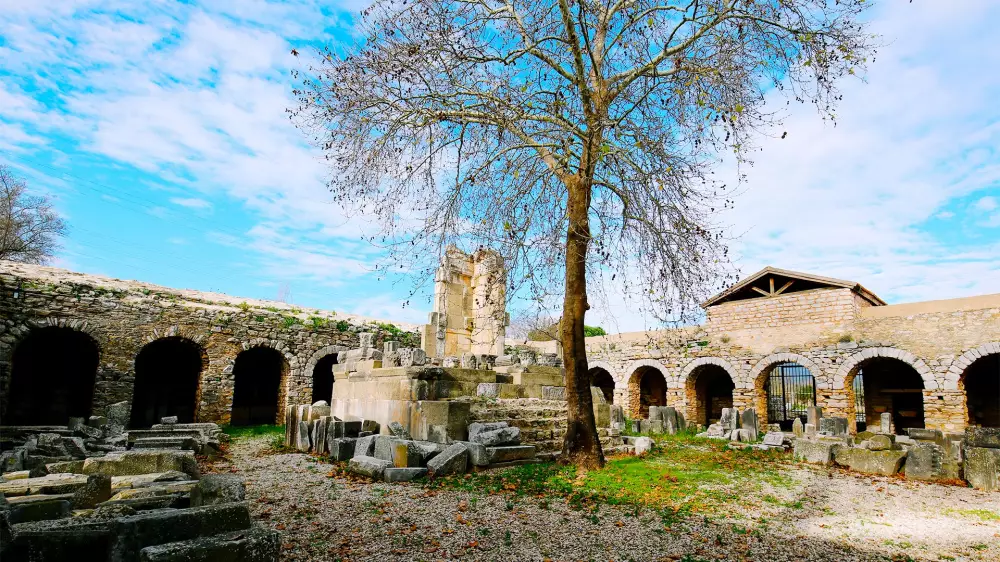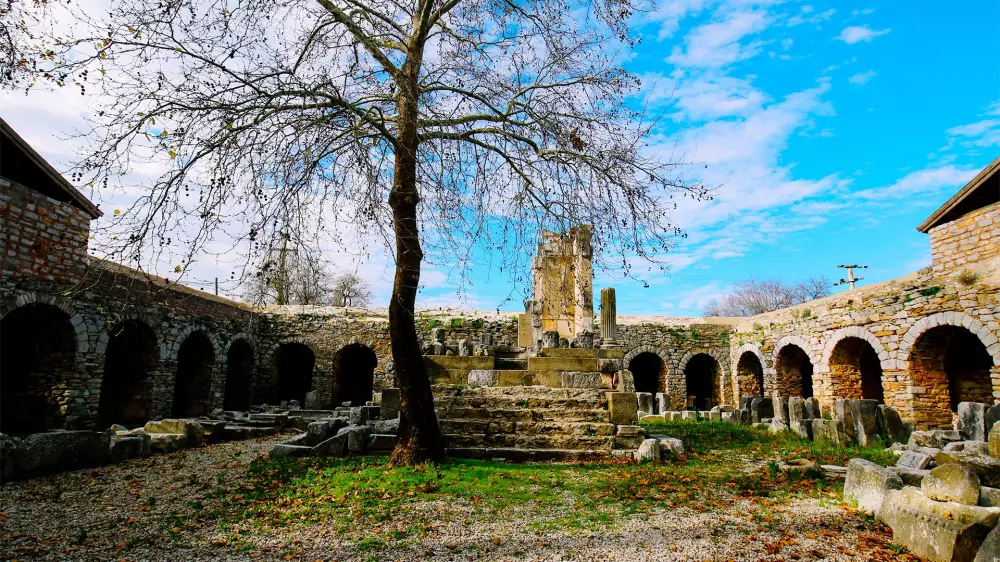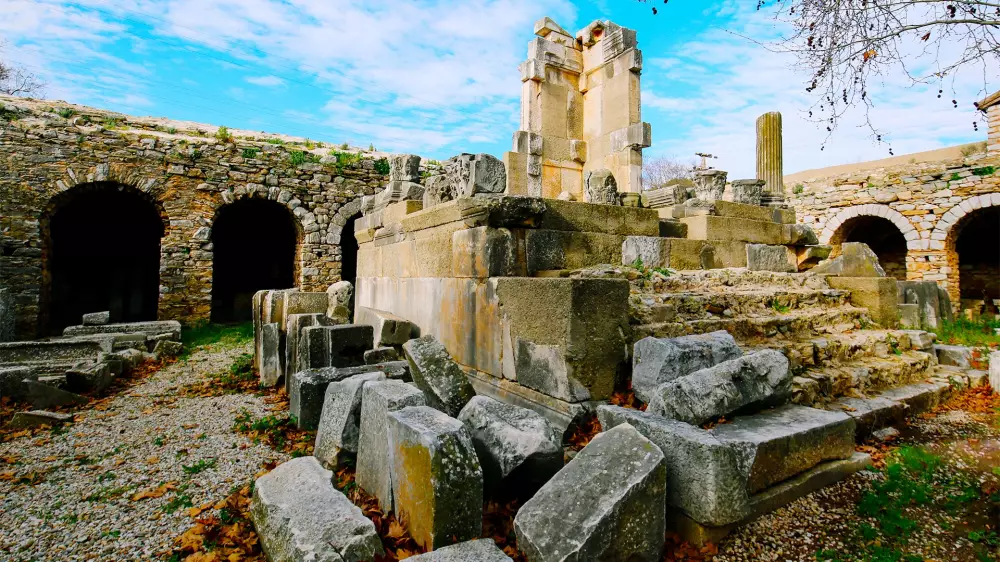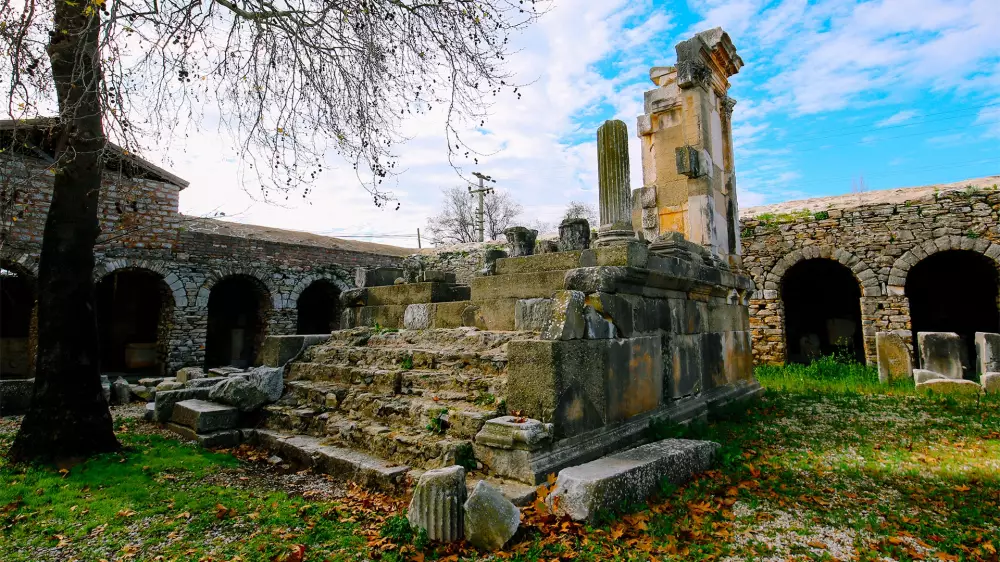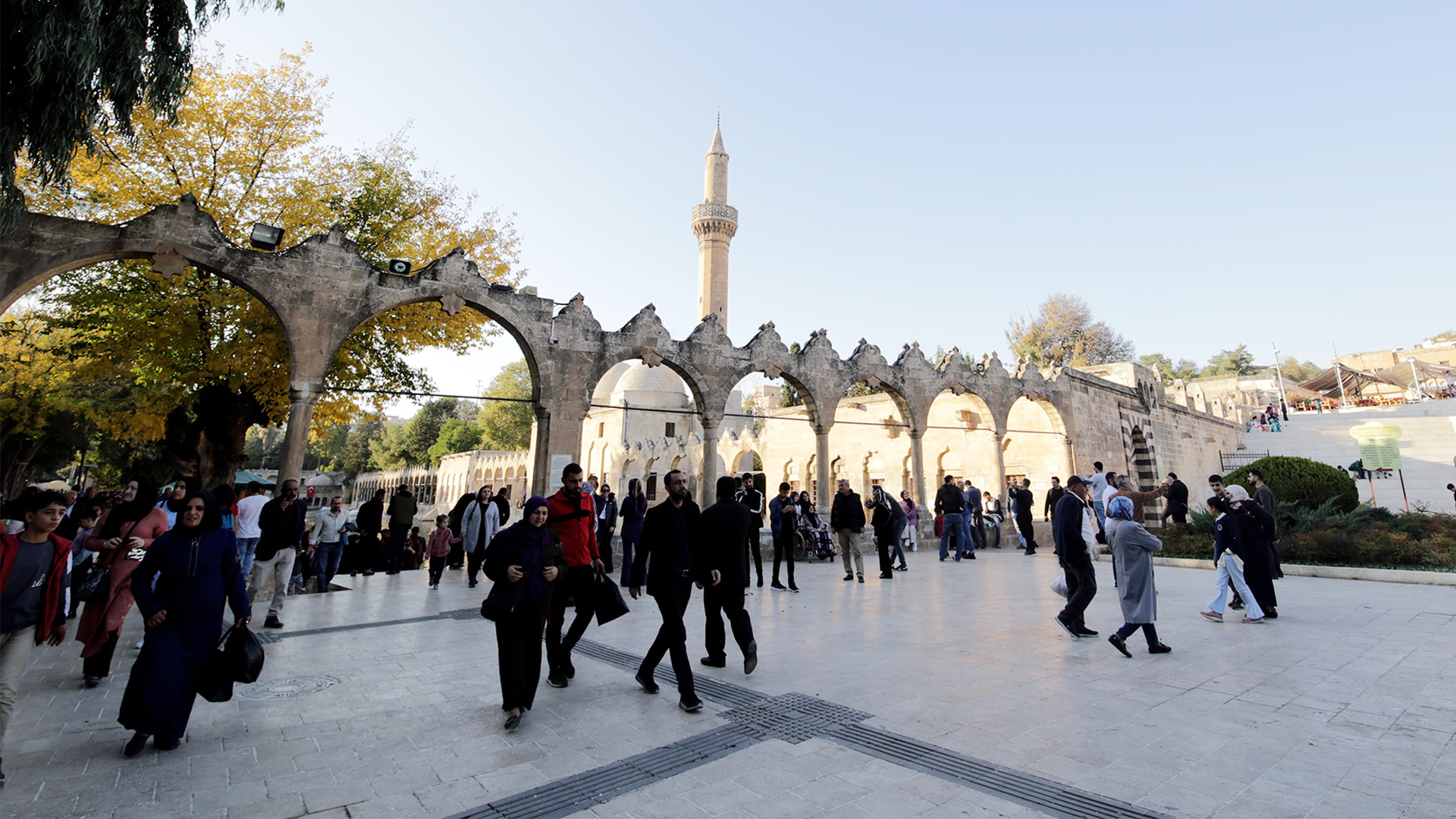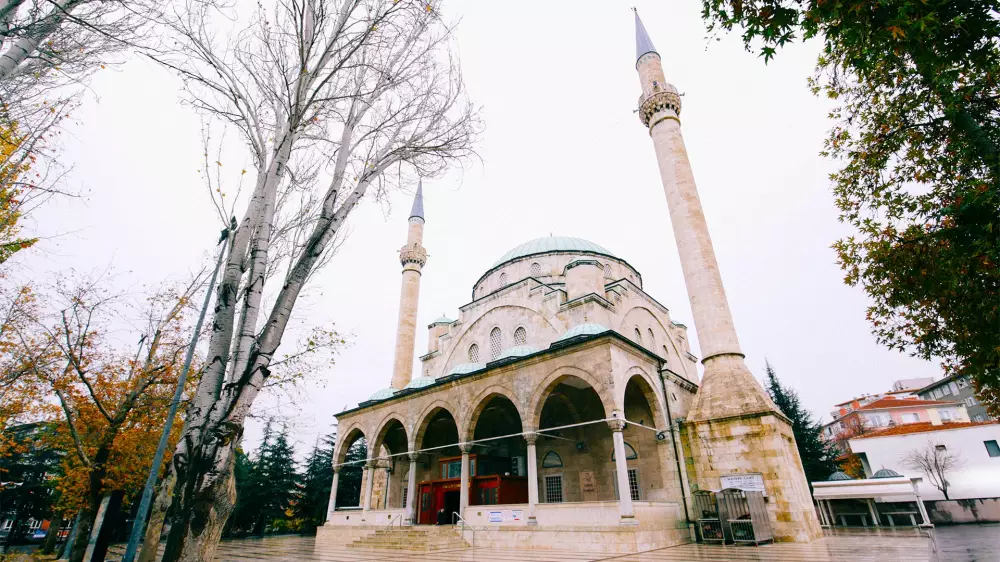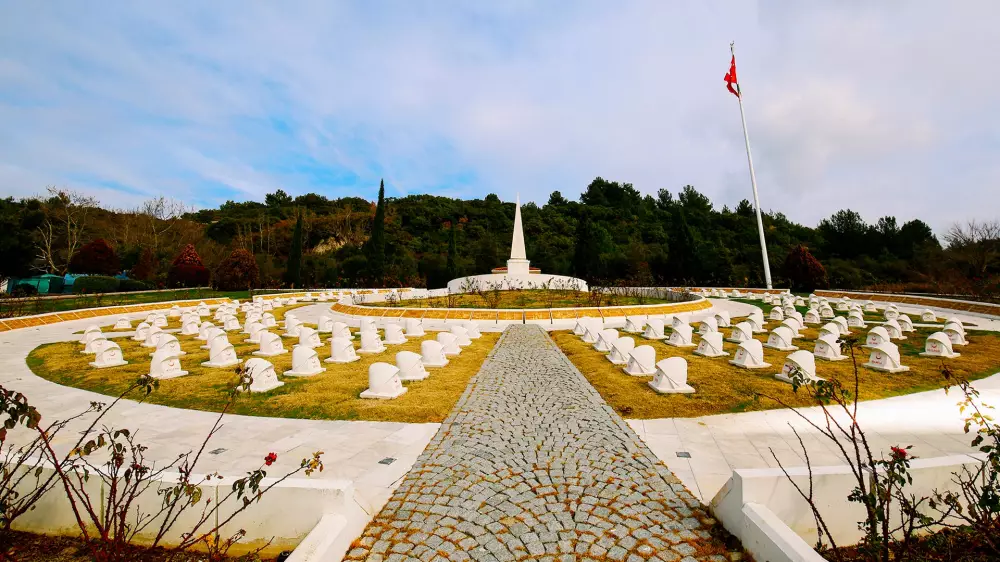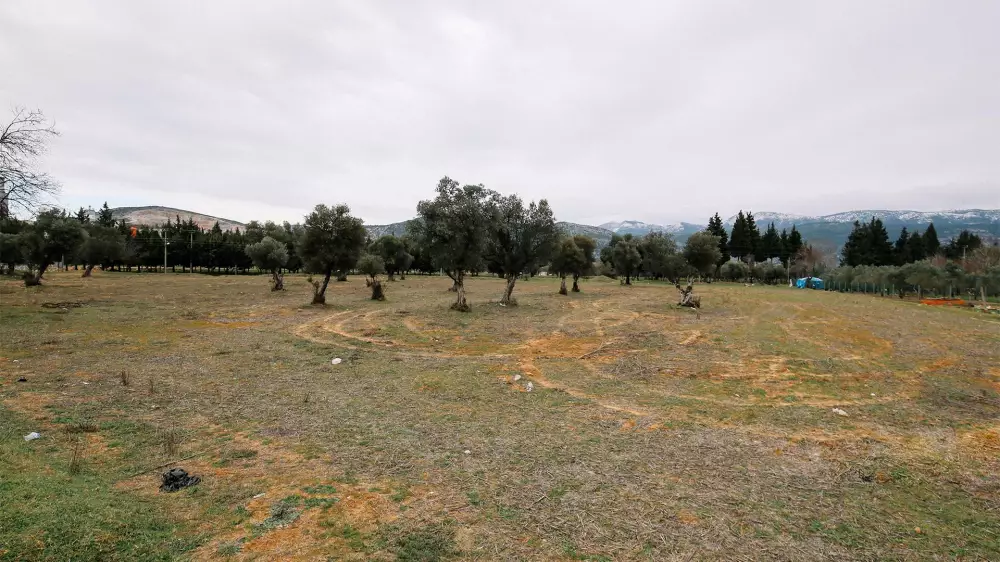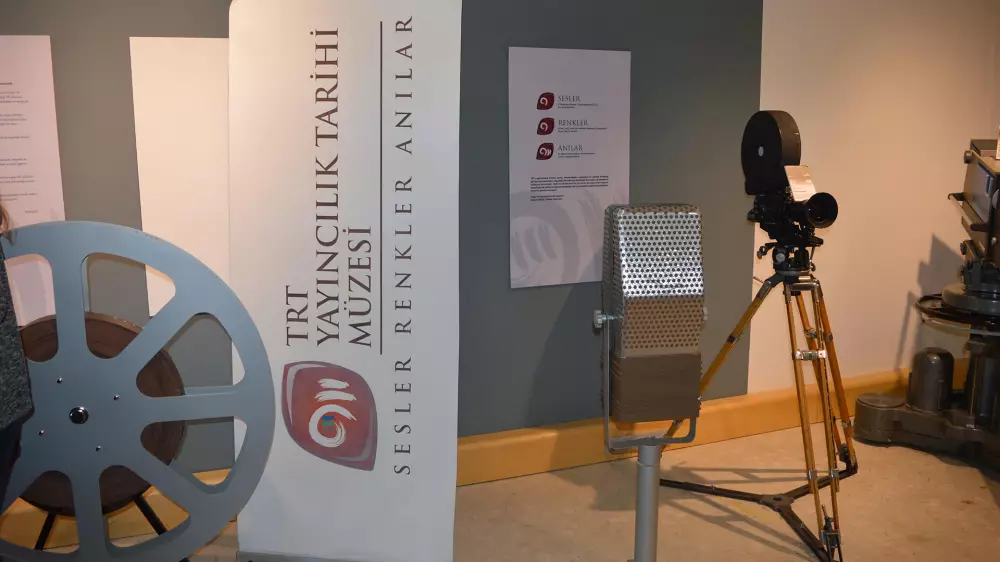
Balikpazarı Open Air Museum
12.03.2024 13:20
Within the village of Kıyıkışlacık, located about 28 kilometers from Milas, there are monumental tombs from the Roman period. Immediately around them, the portico galleries attract attention. This region is popularly referred as Balikpazarı. Balikpazarı was restored by the Ministry in 1993. The Italian team carrying out these restoration work encounters many artifacts within the scope of the Iasos excavations. After the completion of these architectural pieces and works, the ‘Balikpazarı Open Air Museum’ is opened to visitors in 1993.
Balikpazarı Open Air Museum is located in the ancient city of Iasos as of today. Some visitors who flock to the region as part of sea tourism, especially during the summer months, do not forget these and similar museums or ancient cities. Balikpazarı Open Air Museum falls under the control of Romans, Macedonians, Seleucids and Olympichos throughout history. The red marble found here is very rare in the world. A similar one is known to have taken place in the Hagia Sophia Museum. The fact that the ancient city is in Milas, which is surrounded on three sides by the sea, further increases the importance of the region from a tourist point of view. Among the ruins of the ancient city of Iasos, the theatre, castle and the camp draw attention, but Balikpazarı is the only functional area of the ancient city. Balikpazarı Open Air Museum in a sense gives you the chance to visit a very important tomb related to the Roman period. The area is also known in the form of a Roman mausoleum.
Balikpazarı Open Air Museum and its surroundings on the coastline of Güllük Bay also background many cinema films or series. The presence of the museum increases the awareness of Kıyıkışlacık Village. The summer months are of great interest, especially because of their history and food culture. It is stated that the settlements in Balikpazarı Open Air Museum date back to 3 thousand years BC. In Iasos, the sewer system or tunnels are carefully preserved just like the first day.
Gallery
